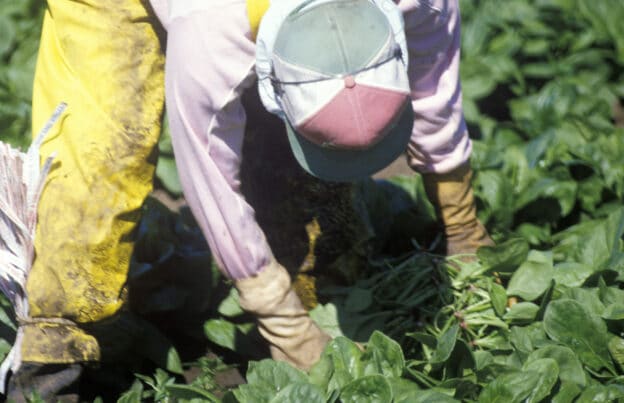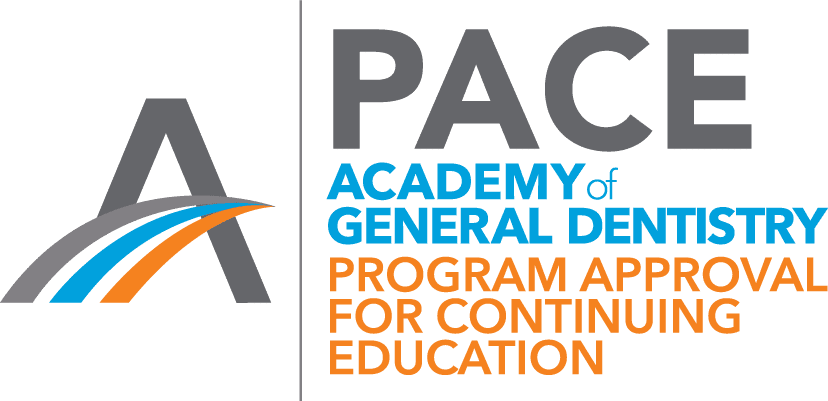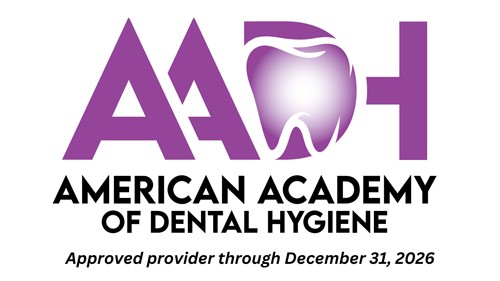This course is now closed. We apologize for any inconvenience.
Migrant and seasonal farmworkers are an underserved population with a myriad of health challenges. Mobility, isolation from family, lack of education, and cultural barriers are just some of the issues placing them at increased risk for HIV infection. Because they are often unaware of their HIV status and have limited access to care, diagnosis is often later in the disease process than that of the average infected individual. Some of the earliest signs of HIV infection manifest in the oral cavity, which makes dental professionals frontline practitioners for possible diagnosis, referral for treatment, and educational strategies. Dental hygienists must be knowledgeable of and able to recognize these oral manifestations as well as equipped with appropriate educational materials as they work collaboratively with other health-care providers. Implications for policy development are warranted to aid in serving this difficult-to-reach population.
Educational Objectives
At the conclusion of this course, participants will be able to:
1. Describe the migrant and seasonal farmworker (MSFW) population serving the US
2. Explain the population’s vulnerability to HIV infection
3. Describe HIV-related oral lesions that may suggest HIV infection
4. Discuss appropriate HIV education and intervention strategies to utilize with the MSFW population
Photo credit: © Joe Sohm | Dreamstime.com
Quick Access Code: 21027






